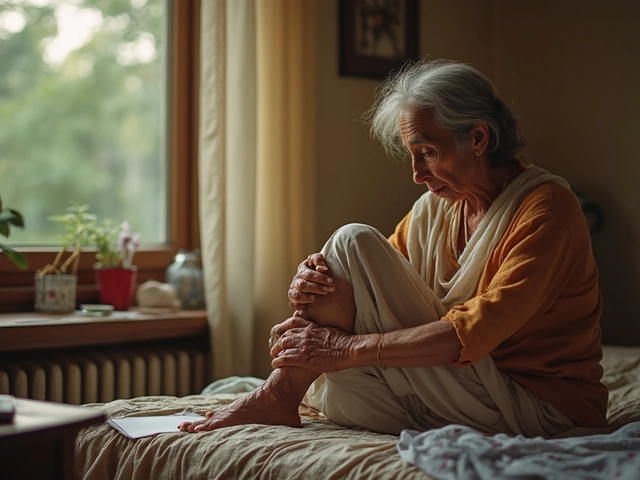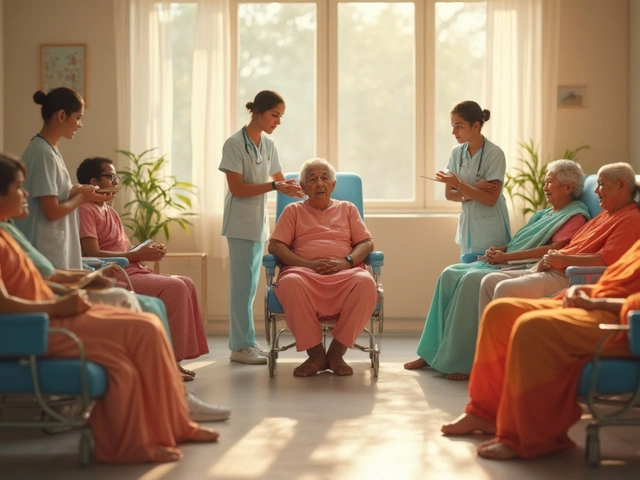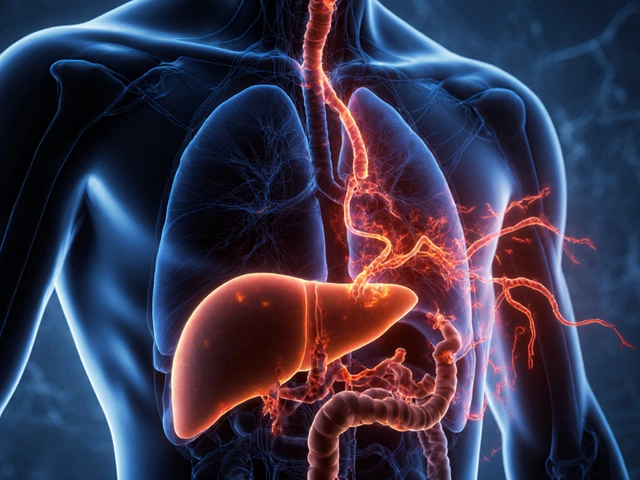Terminal Cancer: What to Expect, Symptoms & Care Tips
Facing terminal cancer can feel overwhelming, but knowing what’s coming helps you stay a step ahead. This guide breaks down the most common signs, how pain is usually handled, and simple ways to make daily life a bit easier for both patients and caregivers.
Typical Symptoms in the Last Months
When cancer reaches the terminal stage, fatigue becomes a constant companion. Most people find they sleep much more and have little energy for chores. Breathlessness often shows up, especially when lying flat, so propping up with pillows can bring relief. Appetite drops, and weight loss speeds up—don’t force meals, but offer small, nutrient‑dense snacks when they’re hungry.
Pain is another frequent issue. It can change shape, moving from joints to bones or nerves as the disease spreads. Opioids, like morphine, are safe when doctors monitor them closely. Ask the medical team to adjust doses before pain gets severe; a small tweak can keep comfort high.
Practical Care Tips for Home
Keep a list of emergency contacts, medication schedules, and doctor instructions in a visible spot. This saves time when you need to explain the situation quickly. Stock up on easy‑to‑use supplies—wet wipes, adhesive dressings, and a comfortable recliner—so you don’t have to run errands repeatedly.
Emotional support matters as much as physical care. Encourage short, meaningful conversations; listening without trying to fix everything often helps more than advice. If the patient enjoys music, place a speaker nearby and let favorite songs play softly. Small rituals, like a nightly tea, can bring a sense of normalcy.
Family members should rotate responsibilities to avoid burnout. Schedule short breaks, even 15 minutes, to stretch, hydrate, or step outside. When a caregiver feels exhausted, reach out to local hospice volunteers; many offer free respite services in India.
Finally, plan for the inevitable. Talk openly about wishes for end‑of‑life care, whether that means staying at home or moving to a hospice. Knowing the desired setting early removes confusion later. Document any preferences in a simple, written note and share it with the doctor.

Which Cancers Are Not Curable? Understanding Cancer Prognosis and Survival
Wondering if any cancer is truly incurable? This article breaks down which cancers are hardest to beat, why some resist treatment, and what hope really looks like.

Does Stage 4 Mean Terminal? The Truth Behind the Label
Stage 4 cancer sounds scary, but does it always mean the end? This article breaks down what stage 4 really means, why it's not always 'terminal,' and how treatment options can surprise you. Get clarity on the difference between being incurable and being terminal. Find out what to expect, what questions to ask, and tips for navigating this overwhelming diagnosis.




